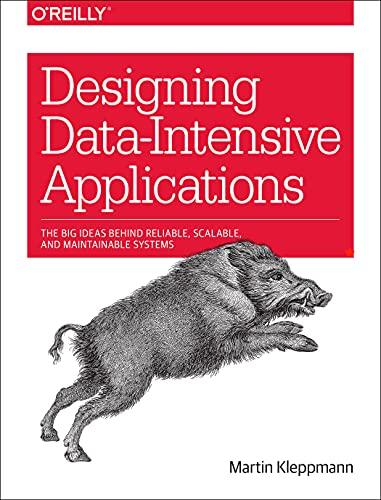Answered step by step
Verified Expert Solution
Question
1 Approved Answer
Task 1 Identify Entities & Develop Business Rules Identify all entities and relationships in the case study and develop a set of business rules. You
Task Identify Entities & Develop Business Rules
Identify all entities and relationships in the case study and develop a set of business rules. You should follow the syntax given below. Two rules must describe each relationship, one in each direction.
Each ENTITY MayMust RelationshipVerbPhrase number ENTITY
Task Construct a logical Entity Relationship Diagram ERD
Based on the business rules developed in Task construct a logical ERD for the case study using the Visual Paradigm tool.
a Identify all attributes in each entity, including all primary and foreign keys transform any composite and multivalued attributes according to the rules of the relational model
b Name all relationships ie you must use verb phrases on both sides of each relationship
c Identify the Cardinality and Participation for each relationship.
d Resolve all manytomany M:N relationships.
e Describe any assumptions you have made in a text note on the diagram.
Please note: You dont need to identify data types in your ERD.
Case Study:
A major faculty consisting of many departments at the Whangarei Institute of Technology WIT has approached you for the design and implementation of a relational database system. The requirements phase of the database development cycle identified the following data requirements for the facultys proposed database system.
WIT offers many programmes eg Bachelor of Science, Bachelor of Information Technology, Bachelor of Software Engineering, Bachelor of Computer Science The information to be stored for a programme is: programme code, level, points, duration in years campus, and semester.
Each department runs several programmes. Each programme uses several courses eg Programming I, Database System Design but not every course is offered every semesteryear to students. A course can be offered in more than one programme, and a programme may offer many courses. The information to be stored about a course is: course code, course name, and course credits.
Each programme is managed eg a Programme Director by a member of the academic staff, and each course is coordinated by a member of the academic staff also.
A student can enrol in one programme only at a time. Once enrolled a student is assigned a unique student identification number. To complete a programme, each student must undertake and pass all the required courses in the programme. This requires that the database store the performance pass or fail of each student in every programme.
Additional data stored on each student includes student name first and last address town street, and postcode date of birth, gender, and student financial loan Yes or No For emergency purposes, the database stores the last name, first name, address, phone, and relationship of each students nextofkin. Assume that every nextofkin is a nextofkin of one student only.
Each department is led by an academic staff member eg the Head of the Department The database should record the date the staff member started the role as Head of the department.
Each department has a name, code, phone number, and location eg Z Building Each department employs many members of academic staff. An academic staff member works for one department only.
An academic staff member can be the director of at most one programme but can be the coordinator of more than one course. An academic staff member may not be assigned any of the above mentioned roles such as Course Coordinator, Programme Director, Head of the Department All members of the academic staff teach courses. Every member of the academic staff may teach zero, one or more courses, and a course may be taught by more than one academic staff member. The database should record the number of hours an academic staff member spends teaching each course per week. The information to be stored for an academic staff member is: staff number, name first and last employment start date, phone extension number, office number, gender, salary, position eg Lecturer, Senior Lecturer, Professor and highest qualification.

Step by Step Solution
There are 3 Steps involved in it
Step: 1

Get Instant Access to Expert-Tailored Solutions
See step-by-step solutions with expert insights and AI powered tools for academic success
Step: 2

Step: 3

Ace Your Homework with AI
Get the answers you need in no time with our AI-driven, step-by-step assistance
Get Started


